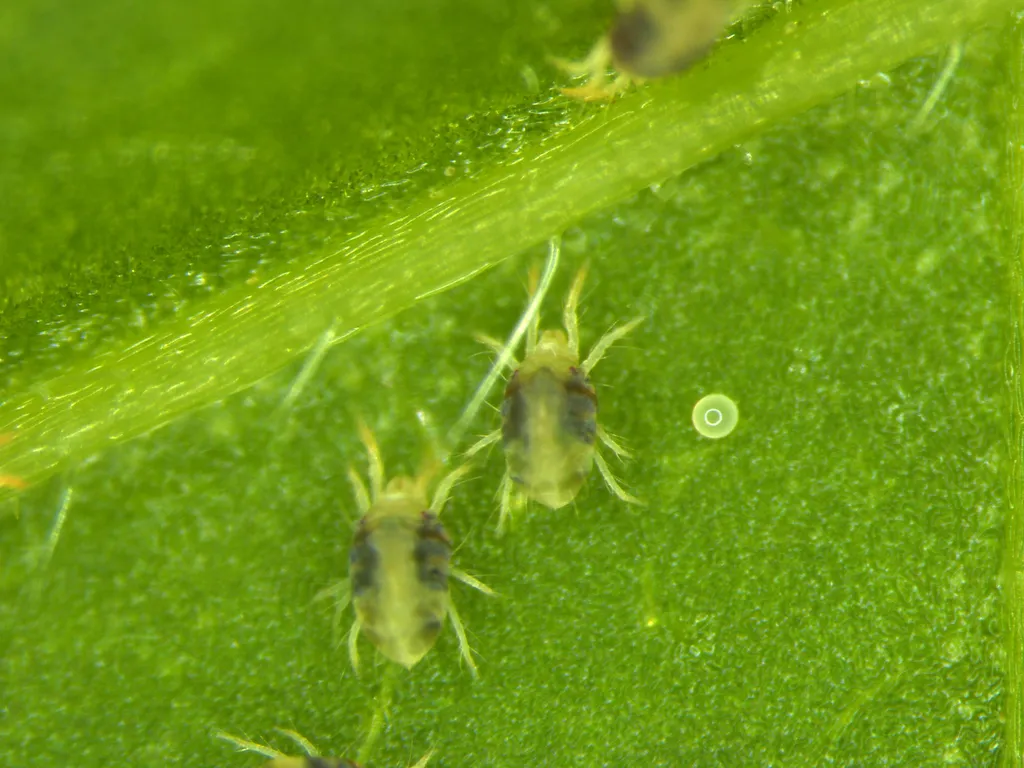In the heart of India’s agricultural landscape, a groundbreaking study is challenging the status quo of pest control, with implications that ripple far beyond the fields of Tamil Nadu. Sundaravadivel Sathiya Priya, a researcher from the Department of Agricultural Entomology at Tamil Nadu Agricultural University, has published a comprehensive review in the Persian Journal of Acarology (also known as the Iranian Journal of Acarology), offering a beacon of hope in the battle against acaricide resistance. This isn’t just another academic exercise; it’s a call to arms for the global agricultural community to rethink its approach to pest management.
The two-spotted spider mite, Tetranychus urticae, is a formidable foe, wreaking havoc on crops from tomatoes to strawberries. Its growing resistance to acaricides is a ticking time bomb for global agriculture, with estimates suggesting that resistance has been documented against a staggering 558 acaricides worldwide. “This resistance is not just a minor inconvenience; it’s a significant threat to crop yields and food security,” Priya emphasizes. The conventional reliance on chemical controls is not just unsustainable but also counterproductive, as it accelerates the development of resistance.
Priya’s review, however, is not all doom and gloom. It’s a roadmap for a more sustainable future, integrating chemical, biological, and cultural control methods within an Integrated Pest Management (IPM) framework. The study highlights the potential of secondary metabolites produced by microorganisms, plants, and fungi as natural solutions. These compounds offer a broad spectrum of action, reducing reliance on chemical treatments and delaying resistance. “Nature has provided us with a treasure trove of solutions,” Priya notes. “We just need to look closely enough to find them.”
The review also shines a light on advanced strategies like oligonucleotide acaricides, CRISPR/Cas9 technology, and RNA interference. While these methods have shown promising results in laboratory studies, their practical success in field conditions is still under investigation. The potential, however, is immense. These innovative approaches could significantly reduce chemical pesticide reliance, mitigate acaricide resistance, and enhance the sustainability and resilience of global crop production systems.
The commercial implications for the agricultural sector are profound. With the global population expected to reach 9.7 billion by 2050, the demand for food will skyrocket. Ensuring food security in the face of climate change and pest resistance is a monumental challenge. Priya’s research offers a glimmer of hope, a path towards more sustainable and resilient agricultural practices.
As we stand on the precipice of a new agricultural revolution, Priya’s work serves as a reminder that the solutions to our most pressing challenges often lie at the intersection of nature and technology. It’s a call to action for researchers, farmers, and policymakers to come together and redefine the future of pest management. The stakes are high, but so are the rewards. The journey towards sustainable agriculture is fraught with challenges, but with innovative research like Priya’s, the path forward is becoming increasingly clear.

